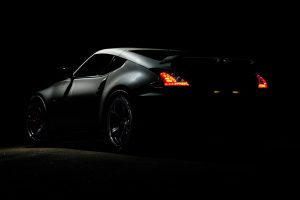A motion is a written or oral request that a Court do something. See CCP ¶ 1003. See too this blog post.
Bifurcation refers to splitting or dividing a case into separate trials, proceedings, or parts.
A motion to bifurcate is a request that the Court divide a case into separate proceedings. Said differently, a motion to bifurcate asks the court for separate trials on certain issues. Bifurcation is a form of severance.
Why Would You Bifurcate A Case In California?
Great question. It depends on the type of case you have, and your strategy.
Bifurcation is common in divorce cases and trusts contents. See California Rules of Court Rule 5.390.
It is also common in civil litigation.
A civil case may be bifurcated between liability and damages. In that scenario, the Court would order a trial on liability. If the plaintiff succeeds with the liability trial, then the plaintiff can continue with the damages trial. If the plaintiff is unsuccessful, then the case is over.
Bifurcation And Inverse Condemnation
Bifurcation of inverse condemnation liability “has long been the proper procedure in this state.” See Orpheum Bldg. Co. v San Francisco BART Dist. (1978) 80 CA3d 863, 868; see too Shaw v County of Santa Clara (2008) 170 CA4th 229 (bifurcation of inverse condemnation liability); Bookout v State of California (2010) 186 CA4th 1478 (inverse condemnation cause of action was bifurcated from other causes of action).
“Bifurcation is a common and appropriate practice in inverse condemnation trials.” Marshall v Department of Water and Power (1990) 219 Cal.App.3d at 142.
What Are The Laws On Bifurcation?
Courts “may order a separate trial or any cause of action…or any any separate issue…” See CCP § 1048(b).
Courts “may…make an order…that the trial of any issue or any part thereof shall precede the trial of any other issue or any part thereof in the case…,;” as long as it is 1) convenient for witnesses 2) promotes justice and 3) promotes efficiency. See CCP ¶ 598.
A court has discretion to determine the order in which claims or issues are determined.
Note that the motion for bifurcation must be noticed and set for hearing so that an order for bifurcation can be obtained no later than 30 days before trial. See CCP ¶ 598.




